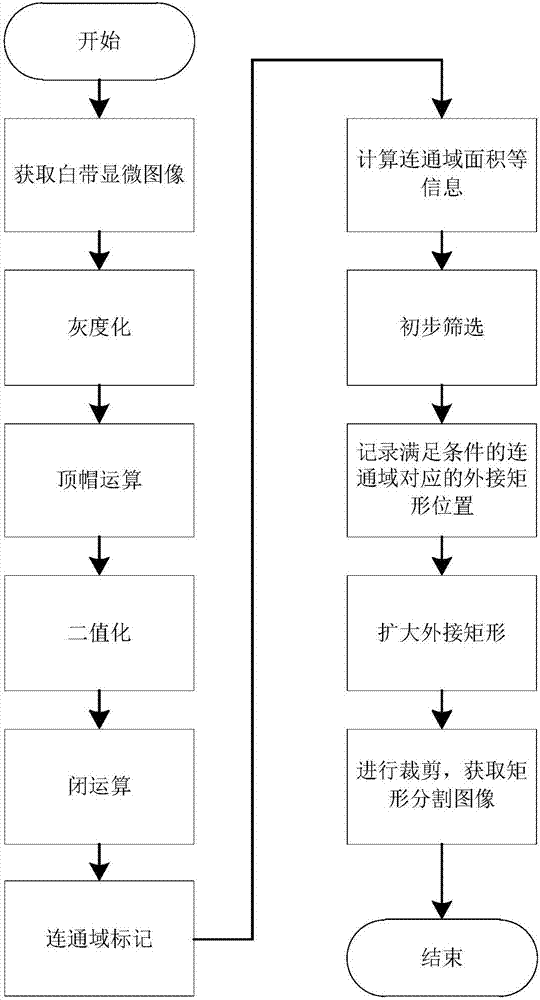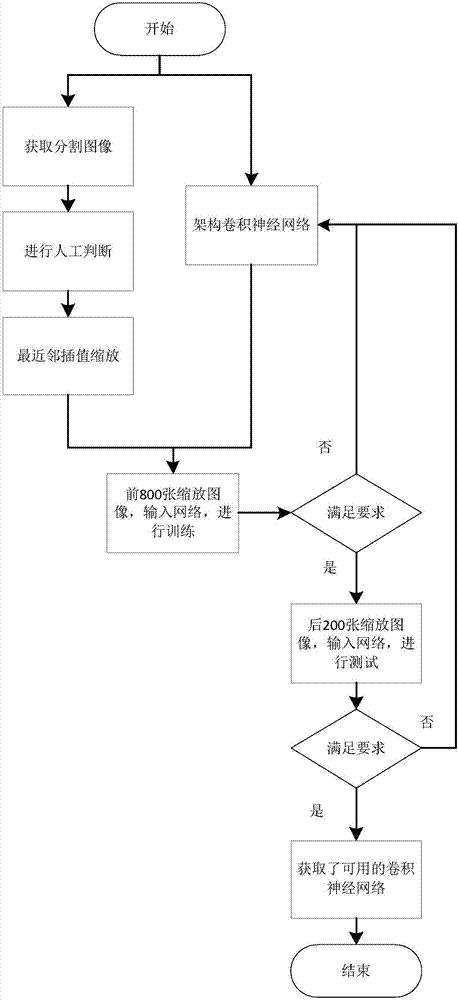Method for automatically recognizing white blood cells in leucorrhea based on convolution neural network
A convolutional neural network and automatic identification technology, applied in the field of automatic identification of white blood cells in leucorrhea, can solve the problems of poor scalability, loss of image detail features, false detection and missed detection, etc., to reduce labor intensity and improve diagnostic accuracy Effect
- Summary
- Abstract
- Description
- Claims
- Application Information
AI Technical Summary
Problems solved by technology
Method used
Image
Examples
Embodiment Construction
[0037] The method for automatic identification of white blood cells in leucorrhea proposed by the present invention will be described in detail below in conjunction with the accompanying drawings.
[0038] Such as figure 1 Shown, overall steps of the present invention are as follows:
[0039] Step 1: Process the leucorrhea sample to obtain a segmented image of white blood cells or suspected white blood cells;
[0040] Step 2: Using the nearest neighbor interpolation algorithm, the segmented images obtained in step 1 are scaled one by one, so that the image size is 60×60 (pixel level);
[0041] Step 3: Carry out the architecture, training and testing of the convolutional neural network, and finally obtain the convolutional neural network that can be used for automatic identification of white blood cells in leucorrhea;
[0042] Step 4: Use the scaled images in step 2 as the input layer one by one, input the network for testing, and compare the size of the two elements of the o...
PUM
 Login to View More
Login to View More Abstract
Description
Claims
Application Information
 Login to View More
Login to View More - R&D
- Intellectual Property
- Life Sciences
- Materials
- Tech Scout
- Unparalleled Data Quality
- Higher Quality Content
- 60% Fewer Hallucinations
Browse by: Latest US Patents, China's latest patents, Technical Efficacy Thesaurus, Application Domain, Technology Topic, Popular Technical Reports.
© 2025 PatSnap. All rights reserved.Legal|Privacy policy|Modern Slavery Act Transparency Statement|Sitemap|About US| Contact US: help@patsnap.com



